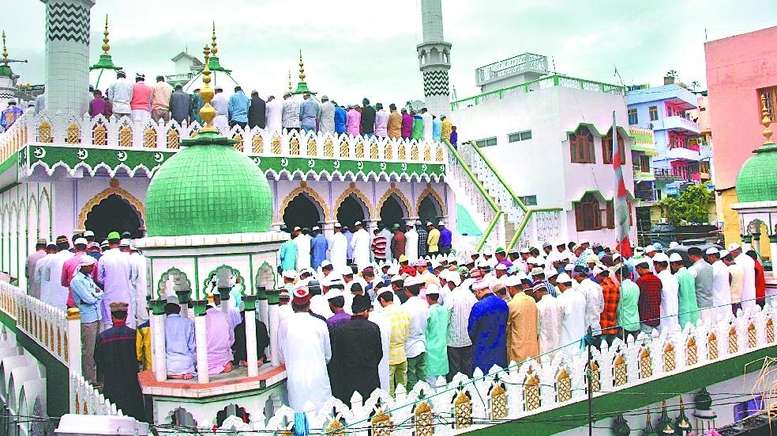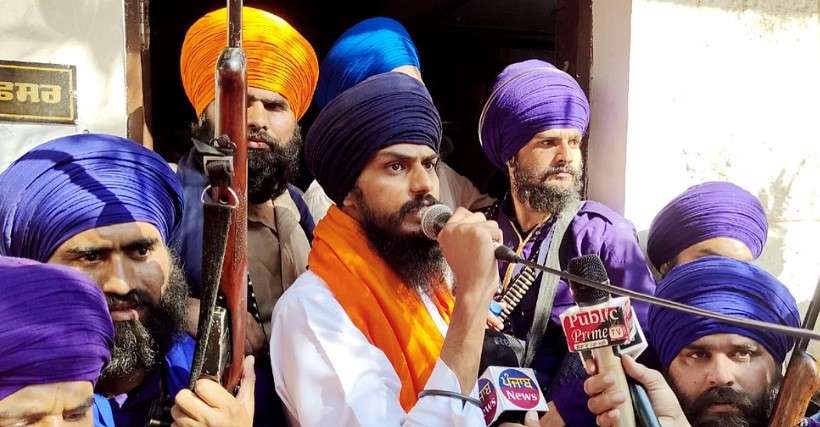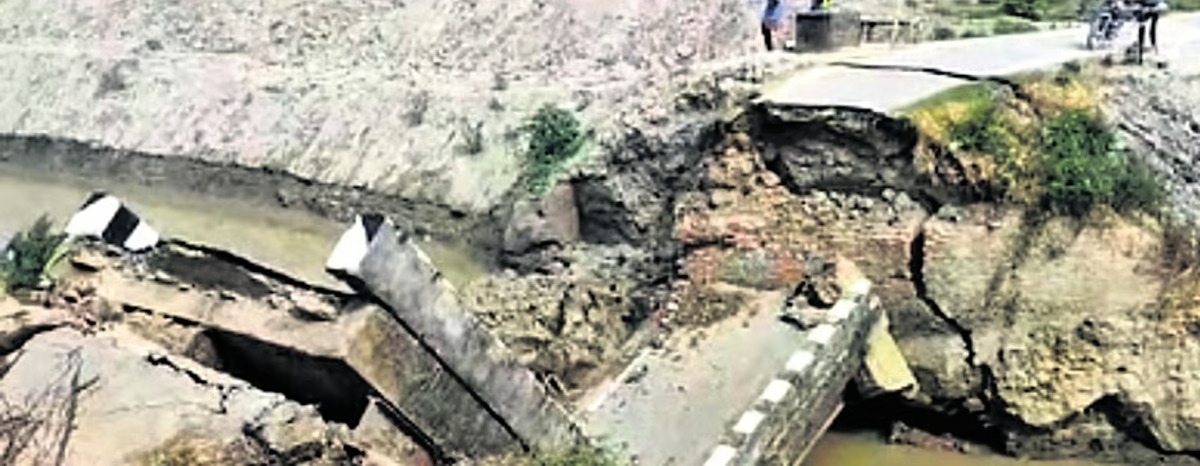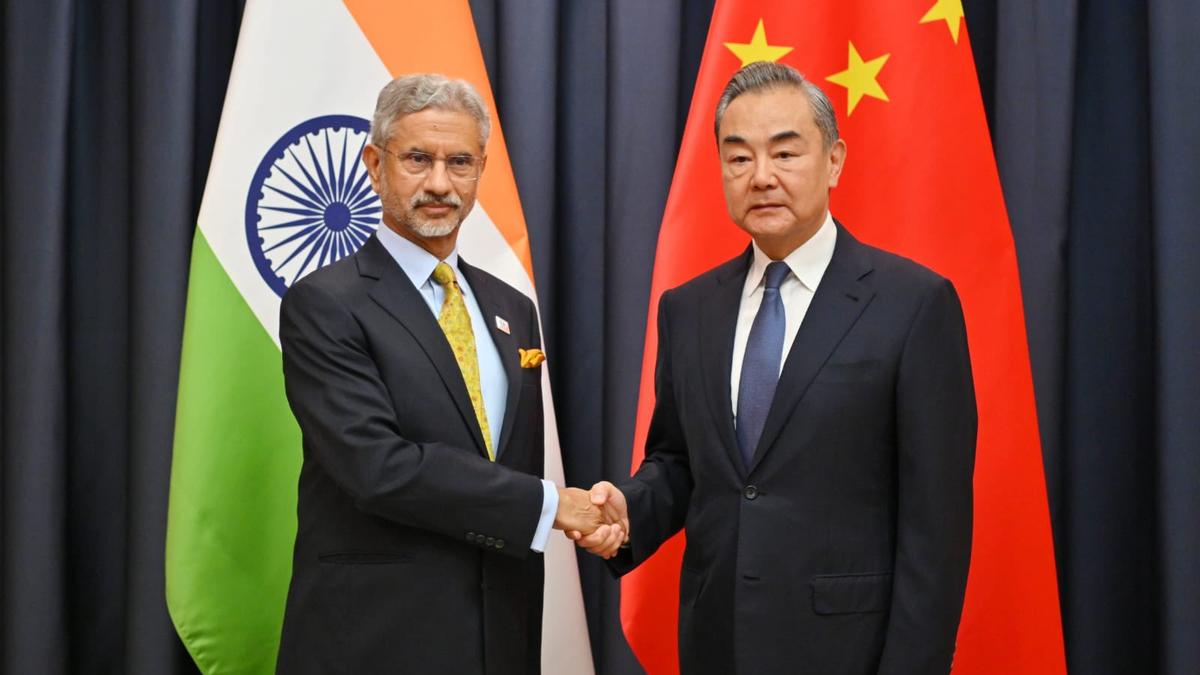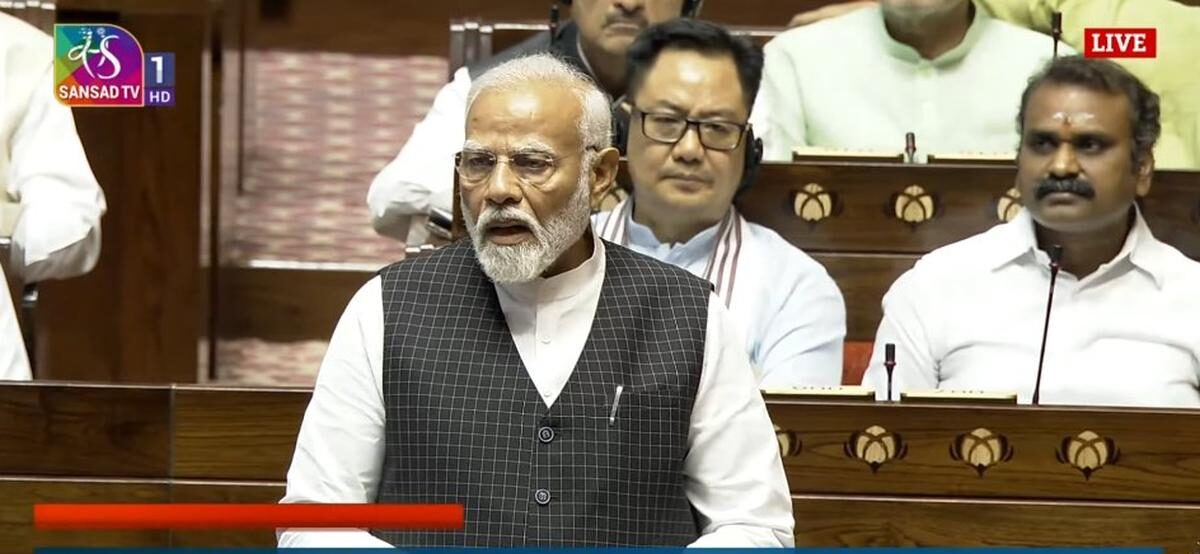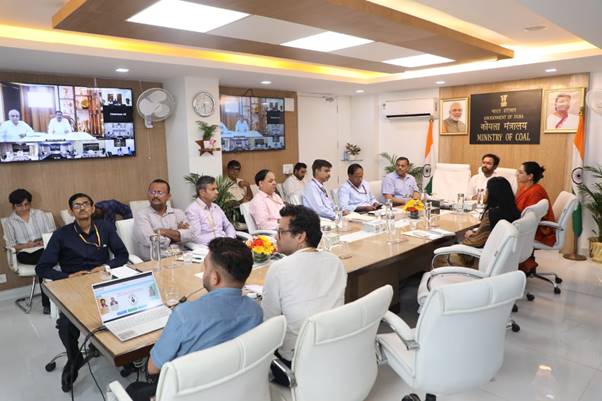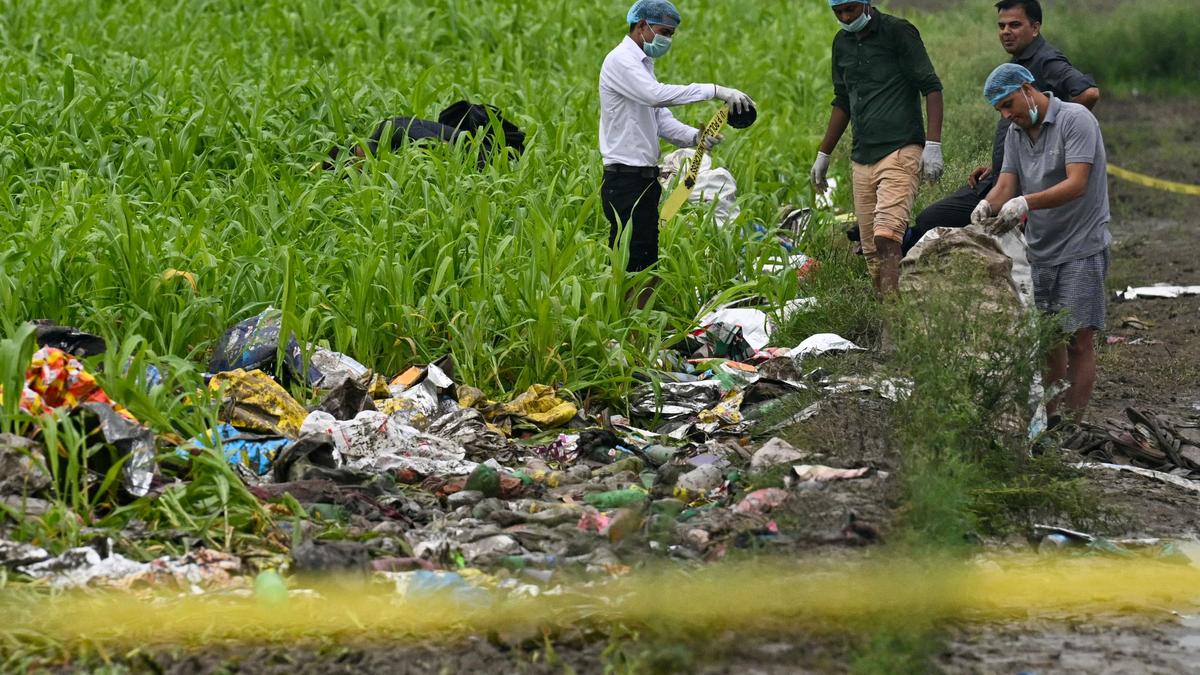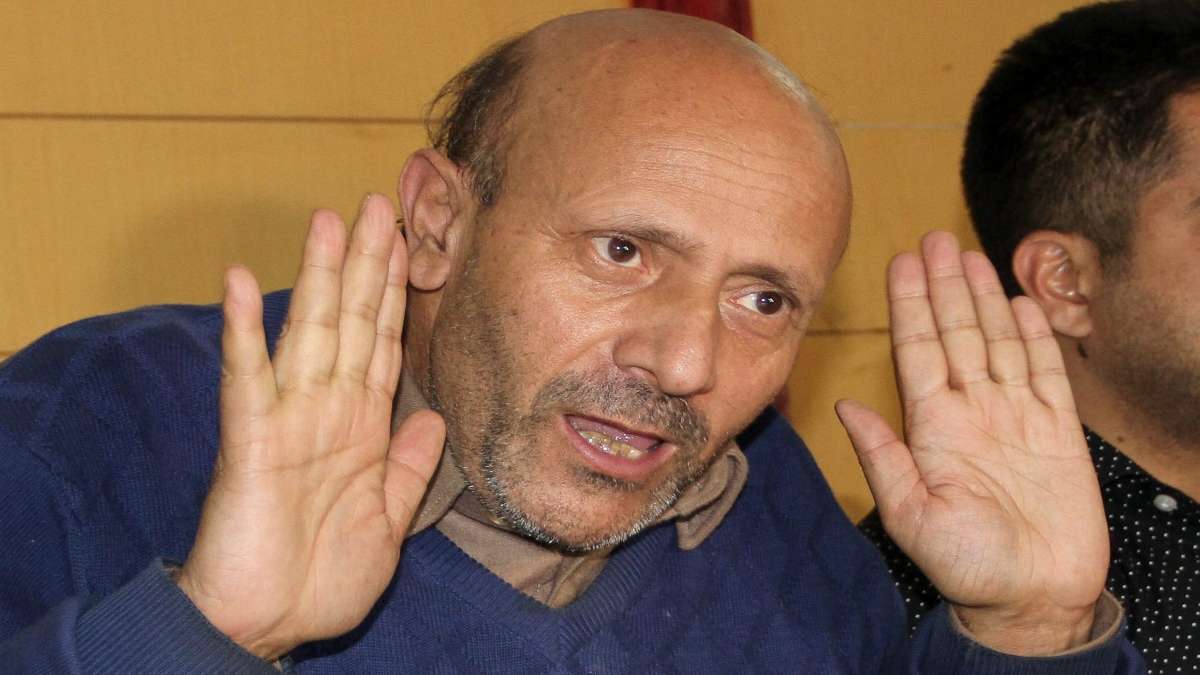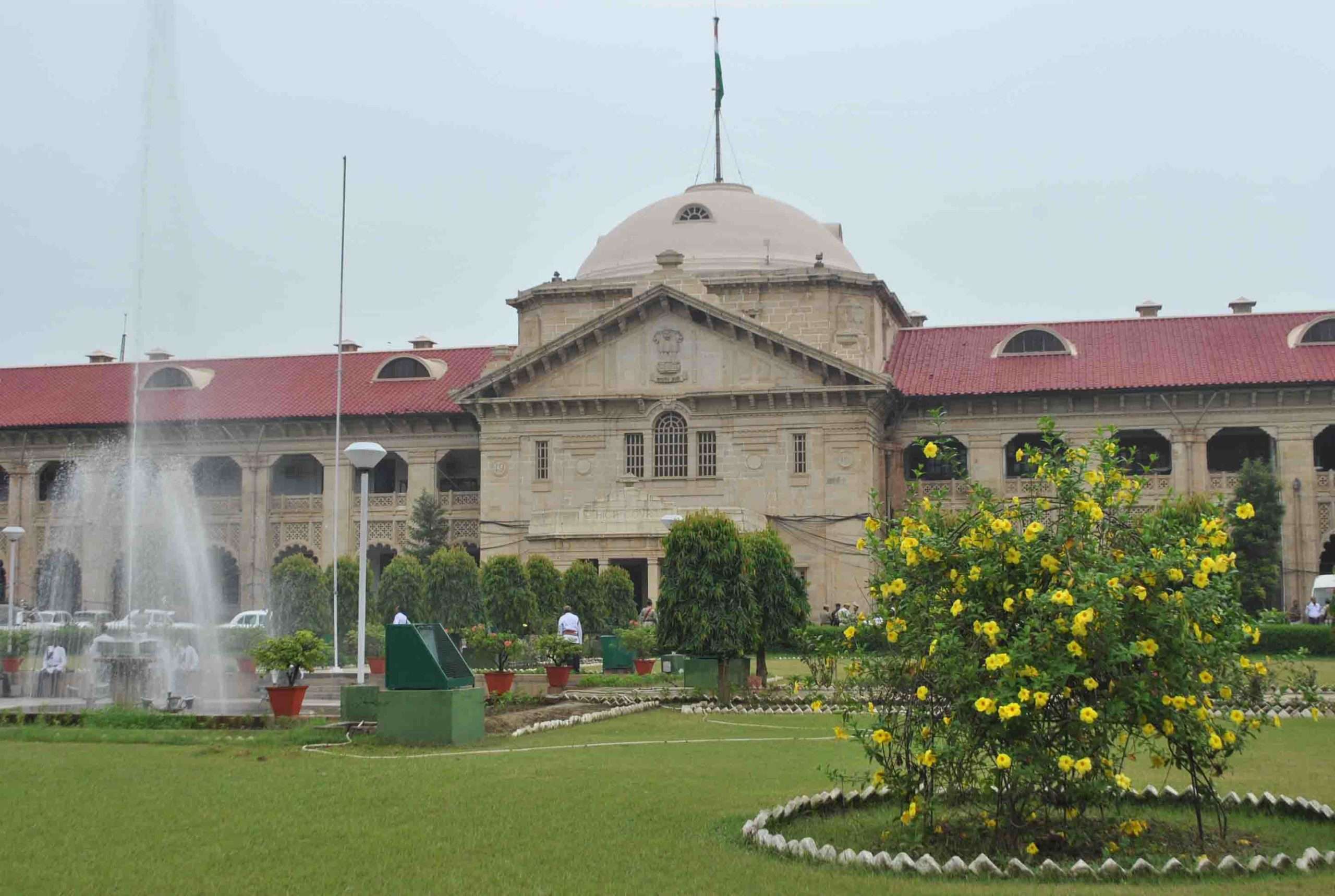The border districts of Uttar Pradesh and Assam, sharing international borders with Nepal and Bangladesh respectively, are witnessing huge demographic change. As per the reports of Assam and Uttar Pradesh police, the Muslim population in the border districts has increased by 32% in the last ten years since 2011, compared to 10-15% of the national average.
As per reports, in 116 villages of the seven districts of Uttar Pradesh sharing a border with Nepal (Pilibhit, Siddharthnagar, Sravasti, Kheri, Balrampur, Maharajganj and Bahraich); the Muslim population has increased by more than 50%. In the other 303 villages along the Nepal border, the Muslim population has increased by more than 30%. This is much higher than the state average of 12.5% in UP.
Similarly in Assam, the police data reveals that the districts of the state sharing border with Bangladesh (Dhubri, Karimganj, South Salmara, and Cachar) have witnessed a 31.45% rise in the Muslim population within 10 km of the international border. This is much higher than the state average of 13.54% in Assam.
Along with demographic change, the border districts are witnessing a rise in the number of mosques as well. In the last four years, the construction of mosques and madrasas in these districts has increased by 25%. The number of mosques and madrasas in the border districts has increased from 1,349 in 2018, to 1,688 in 2022.
Terming this change sensitive, security agencies and state police have recommended increasing the jurisdiction of BSF from 50 km to 100 km.


